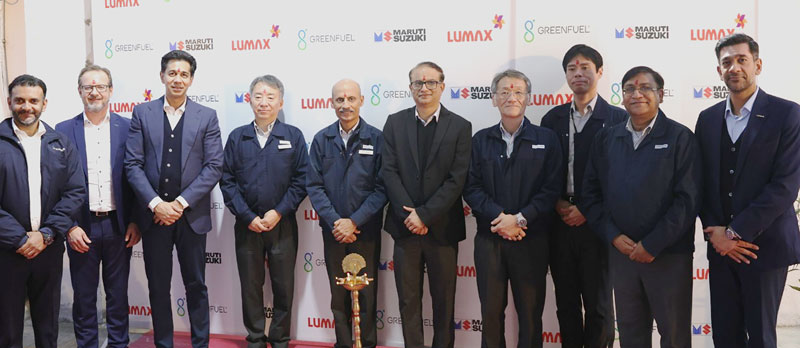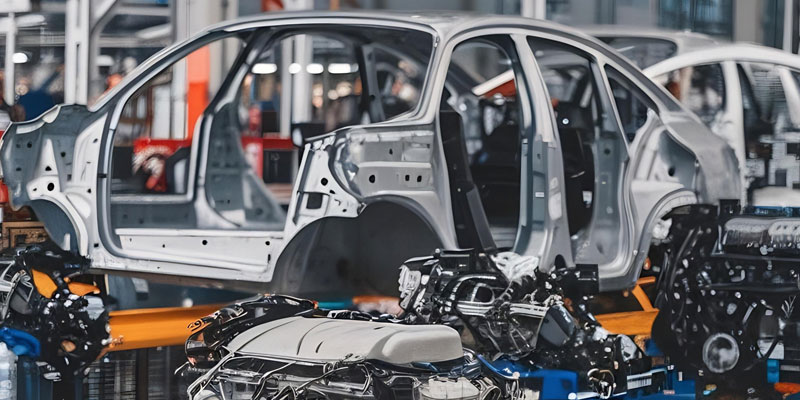Schedule a Call Back
PLI scheme: The way forward
 Articles
Articles- Nov 28,23

- Employment generation: The introduction of the PLI scheme stimulates economic growth by fostering job creation in India. By incentivising industries, PLI not only enhances productivity but also offers significant employment opportunities, contributing to the nation's workforce expansion and economic prosperity.
- Import substitution and export promotion: The PLI scheme is a dual-purpose initiative that not only diminishes import dependency but also propels export activities. Incentivising domestic production curtails reliance on imports and fosters economic self-sufficiency. Simultaneously, it provides extra advantages for exporters, making it more attractive for businesses involved in international trade. This import substitution and export promotion strategy not only safeguards against excessive forex outflow but also actively encourages and rewards businesses that contribute to the growth of India's exports, thus promoting a more balanced and robust economic landscape.
- Creation of large-scale domestic manufacturing capacity: The PLI scheme focuses on creating large-scale manufacturing capacities and it is essential for India's economic advancement. It stimulates innovation, attracts investments, and enhances our global competitiveness. With a robust manufacturing sector, India will secure a lasting positive impact, sustained economic growth and prosperity on the international stage.
- Financial aspects: Previous years turnovers, export turnover, net worth details, future investment and cash flow projections. The objective here is to evaluate the financial strength of the applicant to execute the proposed investment.
- Technical aspects: Criteria such as, minimum domestic value addition and employment generation, form a part of the technical criteria. These criteria evaluate the eligibility of the proposal.
- Sector specifics: Qualitative sector specific factors are identified in every PLI policy, for example, for the pharmaceutical drugs PLI, the proposal requests for details of the number of patents enlisted and the R&D spend by the company.
- Interested applicants may apply on a specified portal, detailing their investment proposal (particularly the committed investment and projected turnover).
- Then these proposals are evaluated by the authorities through the scoring system defined above. The selected applicants from the evaluation process are issued an approval letter.
- The conditions of the approval letter must be complied through quarterly review reports and responses to any queries.
- At specified intervals (usually annually), the incentives claim application must be filed along with the appropriate documentation.
- Petrochemicals
- Wearables and hearables
- Basic chemicals
- Toys
- Data centres
- Compressed biofuel
- Furniture
- Research–based
Related Stories

Raghu Vamsi launches DeepTech plant, Unveils UAVs India Asia
Raghu Vamsi Aerospace Group announced a new DeepTech facility near Hyderabad and unveiled six India-made UAV and autonomous defence systems, backed by over Rs 1 billion investment, strengthening sel..
Read more
Raghu Vamsi launches DeepTech plant, Unveils UAVs India Asia
Raghu Vamsi Aerospace Group announced a new DeepTech facility near Hyderabad and unveiled six India-made UAV and autonomous defence systems, backed by over Rs 1 billion investment, strengthening sel..
Read more
Greenfuel Launches Ferrule-less Tube Line to Boost Make in India
Greenfuel Energy Solutions opens a new ferrule-less tube line in Manesar, enhancing local manufacturing, technology transfer, and alternate-fuel vehicle support.
Read more














